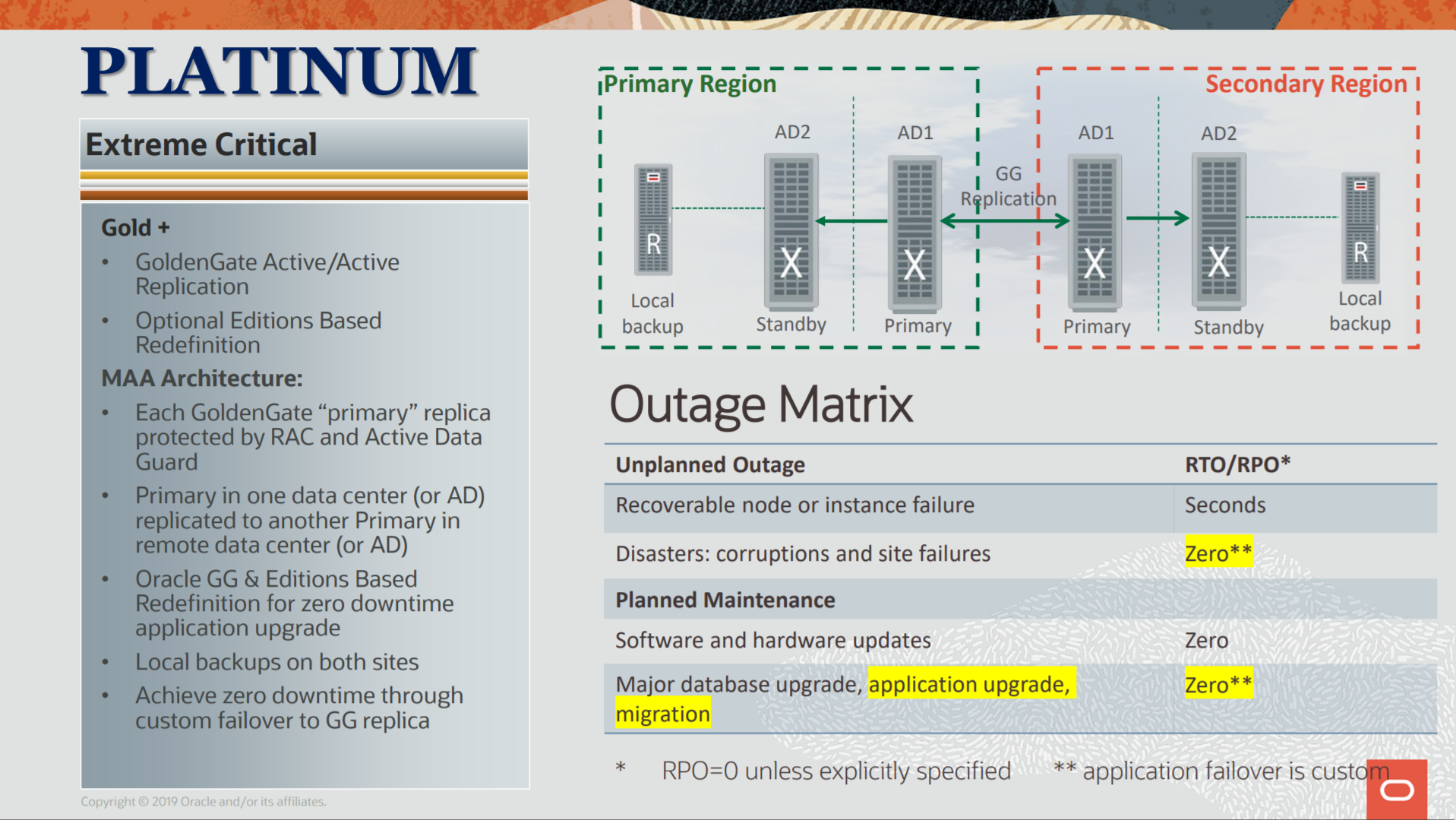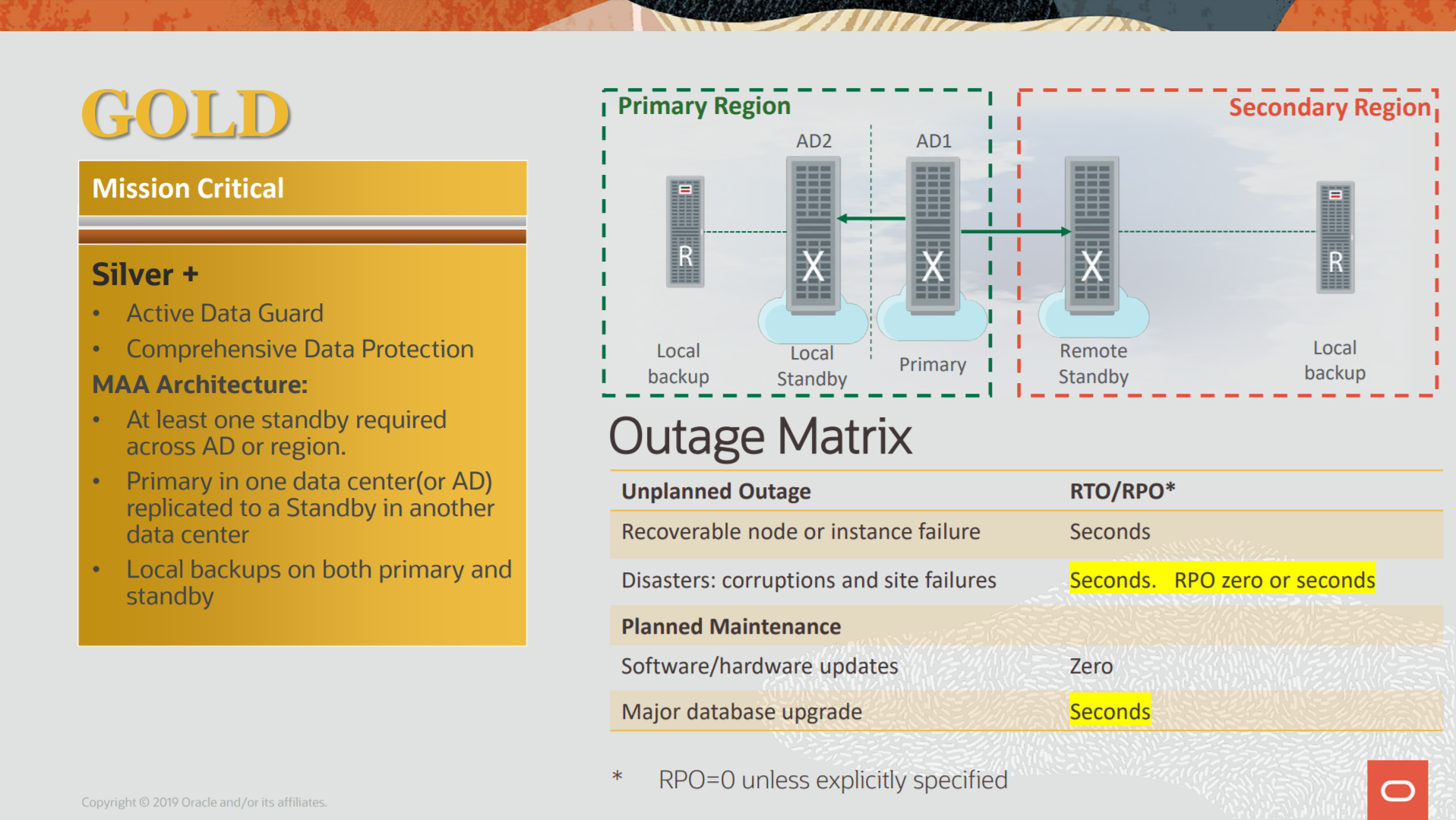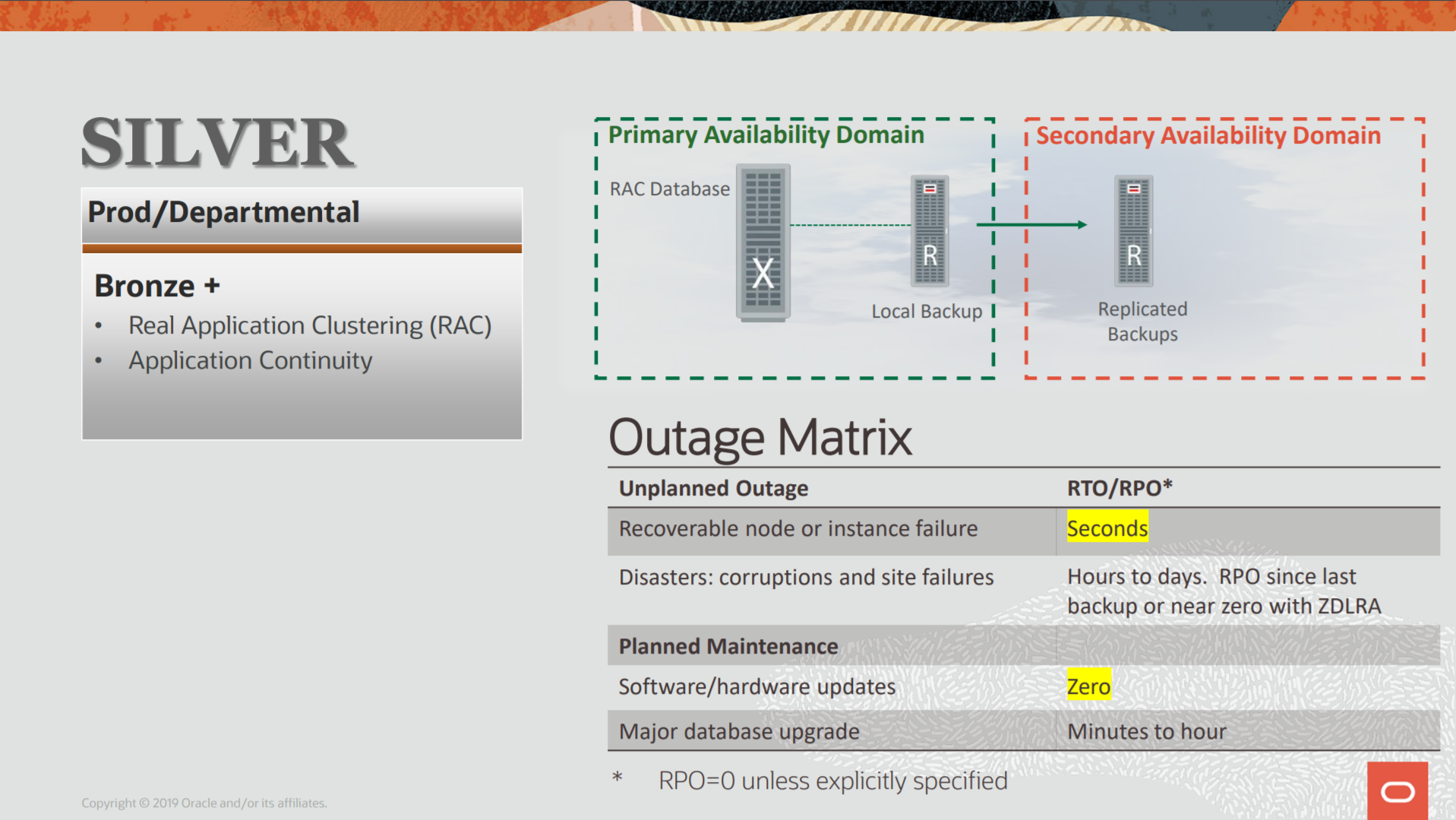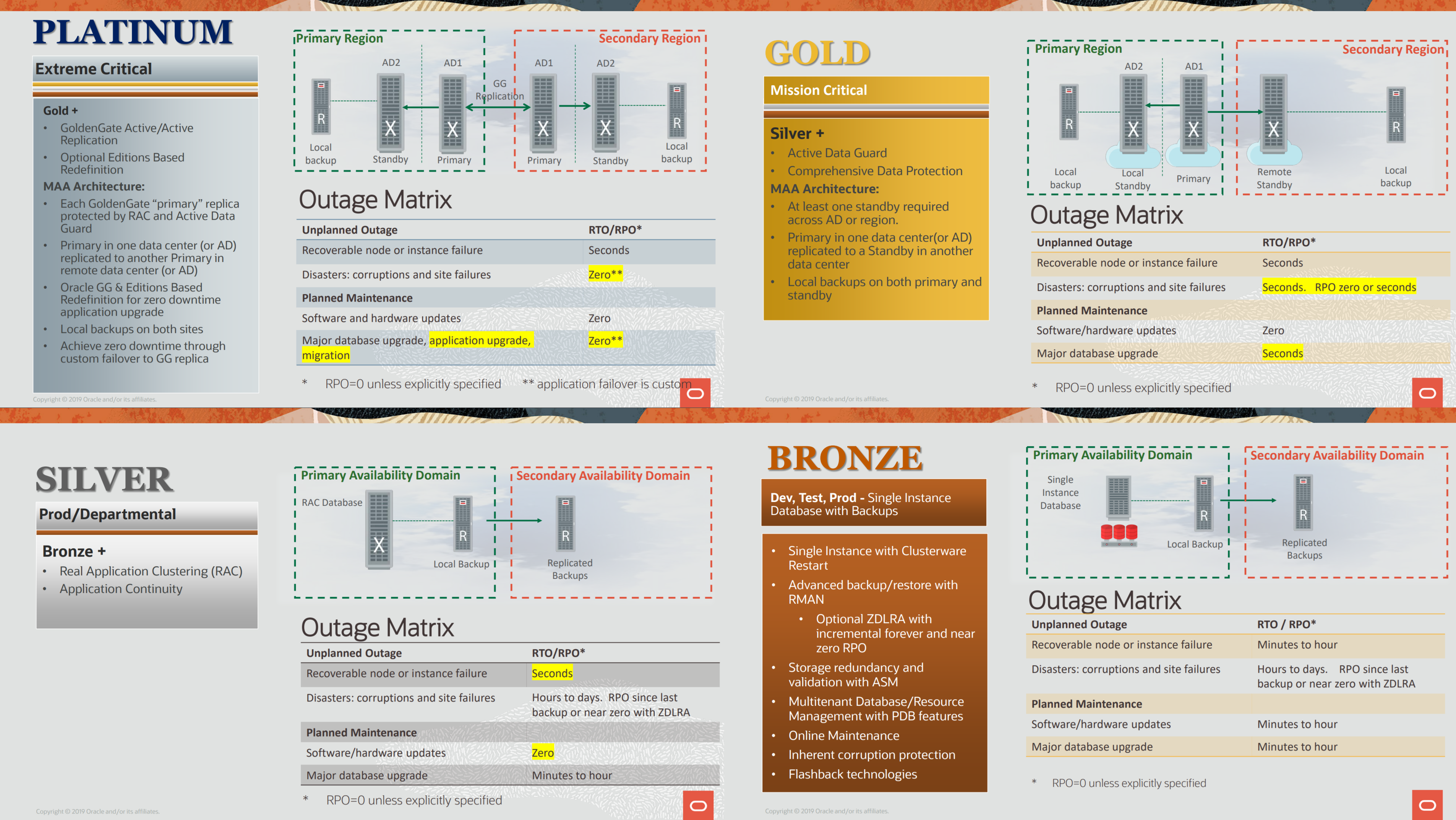From time to time we need to clone/duplicate some databases and we have several ways to do that, most common are duplicate and restore (with a new name) commands. But when using RMAN catalogs we need to take extra care because we can up lose the backups of the entire database because of the wrong way to do that. And this is even more crucial when using ZDLRA.
You need to choose between The Good and The Bad. Because if you choose wrong you will have troubles with The Ugly. The key factor here is the RMAN/ZDLRA catalog, choose wrong and you will automatically add bad data in the internal catalog tables and if you will try to clean, can delete database backups.
In this post, I will show how correctly clone one database when you are using the RMAN/ZDLRA catalog and the reasons for that. I will show the problems and the collateral effects for ZDLRA when you choose the bad way.






